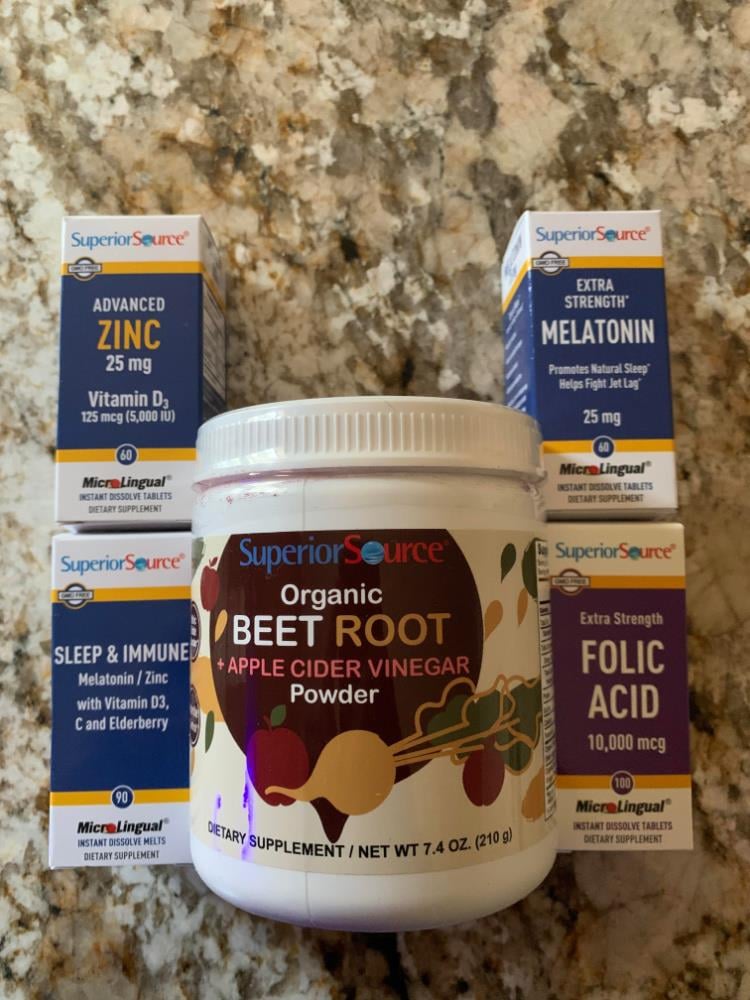What is the purpose of combining GHRP-6 and CJC-1295?
It has a chemical formula of C46H56N12O6 and a molecular mass of 873.014, making it a secretagogue hexapeptide. Six amino acids make up its structure. The peptide's name, Growth Hormone Releasing Peptide, is an acronym.
Human Growth Hormone Receptor and Pituitary Gland
The pituitary gland, a small, pea-sized gland situated at the bottom of the hypothalamus near the base of the brain, is the primary source of GHRP 6's activity, according to animal studies. This gland is tasked with regulating and controlling various endocrine system functions. Metabolism, thyroid gland function, temperature control, and internal water regulation are only a few of the activities that take place in the body. The pituitary gland is prevented from limiting the generation of secretions linked directly to these regulatory mechanisms by the overall functioning of GHRP-6. Animals may thus experience a more effective technique of attaining homeostasis in these regulatory processes thanks to this method.
GHRP-6 and Stomach Problems
Ghrelin production has been connected to the overall function of GHRP – 6 in scientific studies using animals as test subjects. This amino acid is mainly created by the stomach's lining cells but may also be released by pancreatic epsilon cells; it has been discovered to exist. As a counterweight to the amino acid leptin, whose production promotes a sense of fullness, this specific secretion works to induce the experience of hunger. According to research, ghrelin levels may rise thanks to GHRP – 6's ability to operate. It extends the time an animal test subject may go without feeling hungry. The increased capacity of the pituitary gland to produce endocrine system-related expressions as a result of this allows the test subject to consume a higher quantity of food.
CJC-1295 DAC vs. No DAC
A Growth Hormone Releasing Hormone, CJC-1295 DAC, and CJC-1295 (also known as Modified GRF 1-29) are the same (GHRH). Both peptides have the same function in the body. However, the half-life of the two peptides differs. Modified GRF 1-29 and Sermorelin have a half-life of around 30 minutes, but CJC-1295 DAC may last up to 8 days. It is widely accepted that the short half-life of Sermorelin and Modified GRF 1-29, which create a brief pulse of Human Growth Hormone, is more natural.
Tetrasubstitued GRF (1-29)
Replacements have been made at positions 2, 8, 15, and 27 of the growth hormone-releasing factor, D-Ala, Gln, Ala, and Leu. It is substantially more stable with these changes, with the substitution at position 2 to avoid DPP-IV cleavage, position 8 to minimize asparagine rearrangement or amide hydrolysis to aspartic acid, position 15 to promote bioactivity, and position 27 to prevent methionine oxidation.
Conclusion
Due to its role in scientific studies using animal test subjects, scientists have been able to identify that the presence of GHRP 6 and CJC-1295 peptides are responsible for several results. Higher muscle development, a reduction of fat, an elevated rate of muscle and tissue repair, an accelerated rate of recovery from injury, an increase in bone density, increased immune system efficiency, and a boost in connective tissue and joint strengthening are all considered to be involved if you are a researcher.



